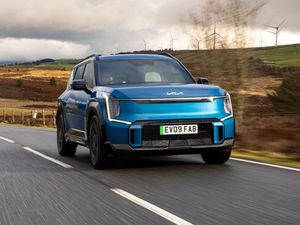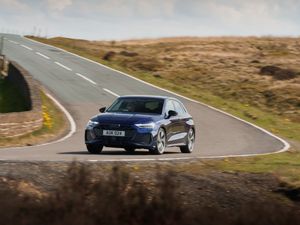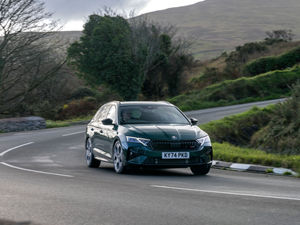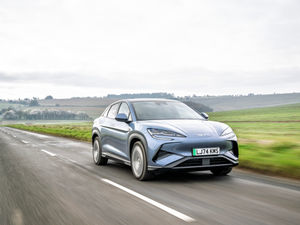First Drive: The Caterham Seven Supersprint is a throwback to a bygone era of motoring
The Caterham Seven Supersprint is a decidedly retro sports car. Can it hack it on modern roads? Jack Evans finds out
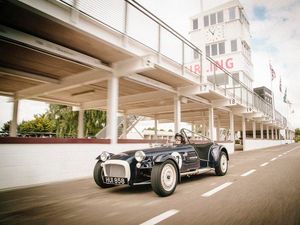
What is it?
The Goodwood Revival is a celebration of the golden age of motoring, when engines were raucous and driver skill reigned supreme, with assistance systems nowhere to be found. It’s fitting that the event hosted the launch of this – the Caterham Supersprint.

What’s new?
As mentioned earlier, the Supersprint is a more performance-focused version of the Sprint. As such, the little turbocharged three-cylinder engine has been boosted up to 95bhp, while a variety of race car-influenced styling features are dotted throughout. There’s also no proper windscreen – just one aero screen placed in front of the driver.

What’s under the bonnet?
The Supersprint uses the same Suzuki-sourced three-cylinder petrol engine as you’ll find in the 160, Caterham’s lowest-powered car on sale. Here, it produces 95bhp, and though this doesn’t sound like much it’s enough to whisk the Supersprint to 60mph in 6.9 seconds and onwards to a top speed of 100mph. It’s more than enough poke to be quicker off the lights than most other cars on the road.

What’s it like to drive?
The whole process of driving the Supersprint is an experience. From the moment you slide yourself into the cabin – this is a regular Caterham body after all, there’s no widened SV chassis here – position yourself in front of the gleaming wooden-rimmed Moto Lita steering wheel and attempt to fit your feet in front of the compact pedal box, there’s a real sense of occasion. This is all before you’ve even inserted the key and started the engine via a chromed starter switch.
How does it look?
There are no two ways about it – the Caterham Supersprint is a very pretty car. All of its main styling points have been thoroughly well thought out, from the white steel wheels to the numbered roundels on the side. Its diminutive proportions, far from making it shrink away in traffic, almost make it stand out more – people stop and stare just to get a glimpse of it.
You can’t deny that the Supersprint is retro to the extreme – it is, after all, a brand-new car. However, thanks to Caterham’s inherent styling which hasn’t changed all that much since its creation, these touches play into its favour.
What’s it like inside?
The interior is equally well-appointed, with brown quilted leather on the seats contrasted by the very much up-to-date four-point harness. The black and white Smiths dials are clear and easy to read, while the chromed gear lever feels good in the hand – even if it does get a little cold during winter drives. There is, as you’d expect, not an awful lot to be found inside the Supersprint’s cabin, but what is there has been meticulously well built.
The large chrome exhaust system sits on the passenger side of the Supersprint, meaning that, on this occasion, you don’t have to worry about burning your leg on the hot metal as you do with the majority of Caterham cars.
What’s the spec like?
Despite costing just shy of £30,000, there’s not a lot of equipment to speak of – but that’s part and parcel of driving a Caterham. You do get a heater, which is a bonus when the weather gets chilly, while a nine-volt charger located above the passenger foot well means you can charge a mobile phone should you want to.

Verdict
The Caterham Supersprint may be a throwback to a by-gone era, but it certainly has its place on today’s roads. The removal of the main windscreen does limit its usage somewhat, reserving it for sunny weekends – and given the UK’s weather, this could mean that the Supersprint doesn’t make all that many appearances outside of the garage. It’s an exciting car, but one that does have its drawbacks and if it’s not for you, then there’s the more useable – and excellent – 160 that it’s based upon.


